
Did you know that Ford Motor Company once owned some lesser–known car brands besides the famous Lincoln, Ford, and Mustangs? Although these cars were famous at one point, they are now almost forgotten. In this article, we will examine 15 such brands and discover what has become of them.
Mercury
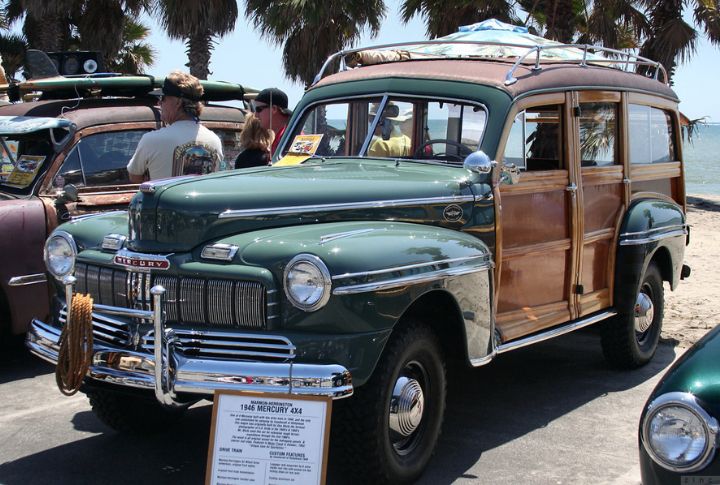
Launched in 1938 by Ford Motor Company, Mercury was Edsel Ford’s vision to bridge the gap between mainstream Fords and luxury Lincolns, offering style and performance at an accessible price point. Mercury introduced several sweeping innovations, but by the 1990s, its identity blurred. Due to evolving consumer preferences and declining sales, Ford discontinued its production in 2010 after decades of success.
Edsel
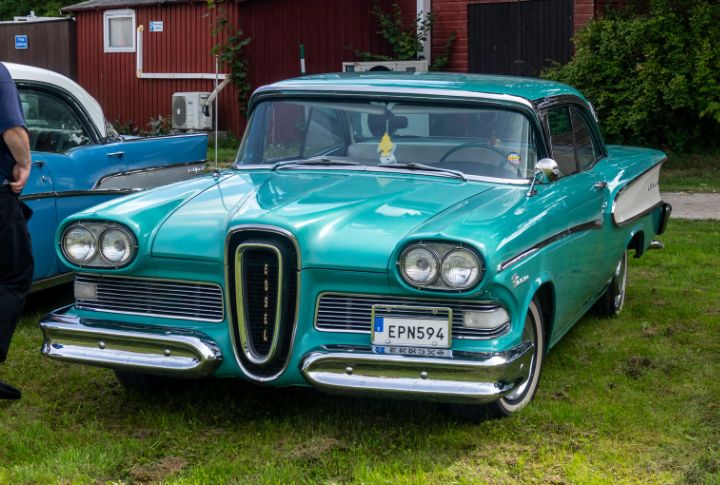
Despite a hyped debut and significant investment, the Edsel faced consumer apathy and ridicule. Launched amidst the economic downturn, its unique styling, notably the “horse collar” grill, failed to resonate with customers. The flop, amounting to a $250 million loss, prompted Ford to reassess the decision and stop further releases.
Jaguar
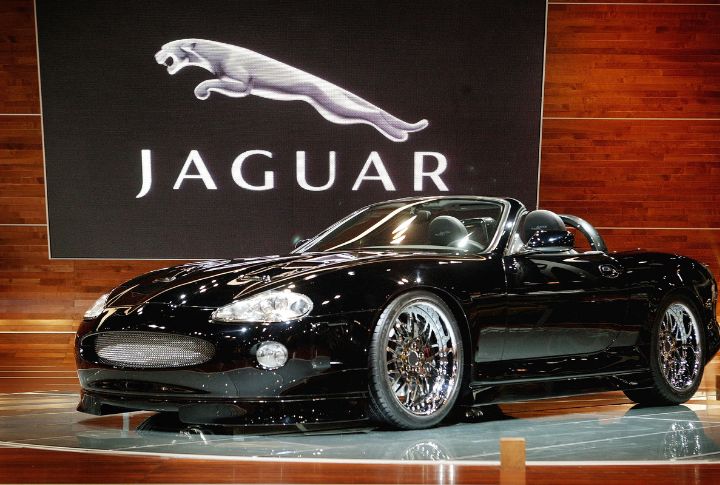
Ford purchased Jaguar to bolster its luxury market presence, injecting significant investments to enhance development and production. Under Ford’s stewardship, several new models emerged, revitalizing Jaguar’s prestige in the luxury sector. 2007, Ford divested Jaguar amid financial challenges, selling it to Tata Motors. Tata’s acquisition promised to honor Jaguar’s legacy, injecting capital and innovative technologies for future growth and sustainability.
Land Rover
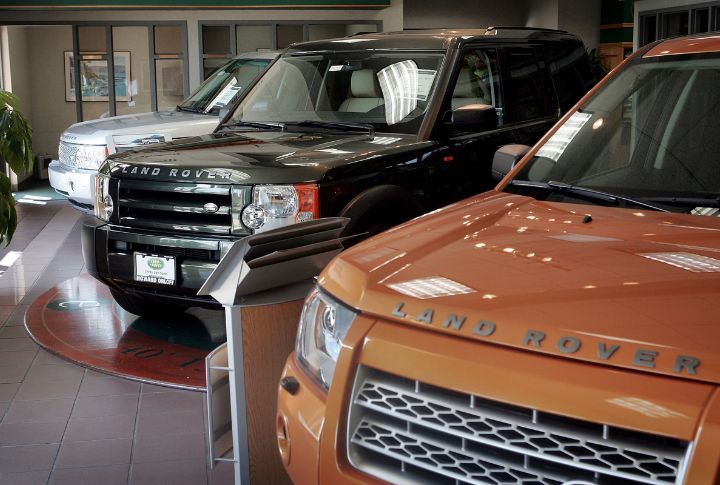
Ford purchased Jaguar to bolster its luxury market presence, injecting significant investments to enhance development and production. Under Ford’s stewardship, several new models emerged, revitalizing Jaguar’s prestige in the luxury sector. 2007, Ford divested Jaguar amid financial challenges, selling it to Tata Motors. Tata’s acquisition promised to honor Jaguar’s legacy, injecting capital and innovative technologies for future growth and sustainability.
Volvo Cars
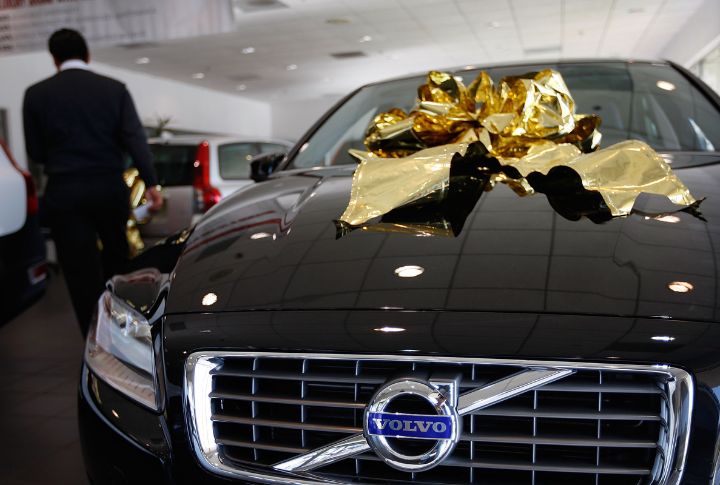
Volvo Cars, once owned by Ford Motor Company from 1999 to 2010, saw significant advancements in safety innovations. Volvo introduced pioneering features like the Whiplash Protection System and Blind Spot Information System, reinforcing its position as a safety leader in the industry. After Volvo’s acquisition by Geely Automobile, the company continued the safety strategies implemented under Ford’s leadership.
Aston Martin
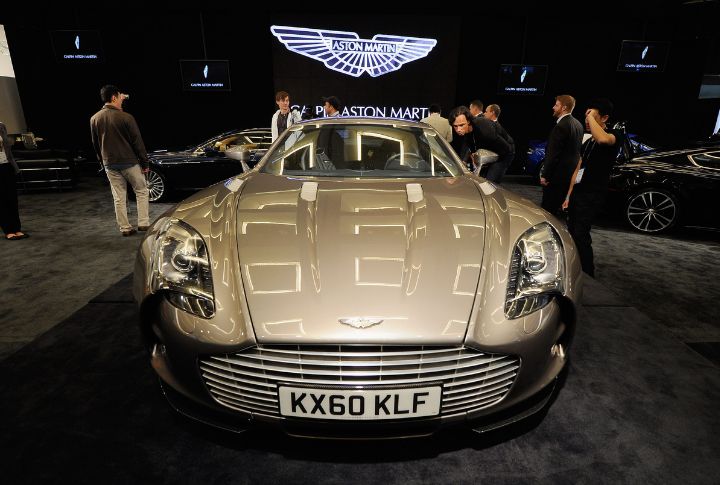
Aston Martin, a quintessentially British manufacturer, came under Ford’s proprietorship in 1987. Ford’s infusion of capital and technology propelled Aston Martin into the new millennium, birthing successful models like the DB7. Ford sold most of its shares in 2007, gradually exiting the stage and ensuring a smooth transition.
Mazda
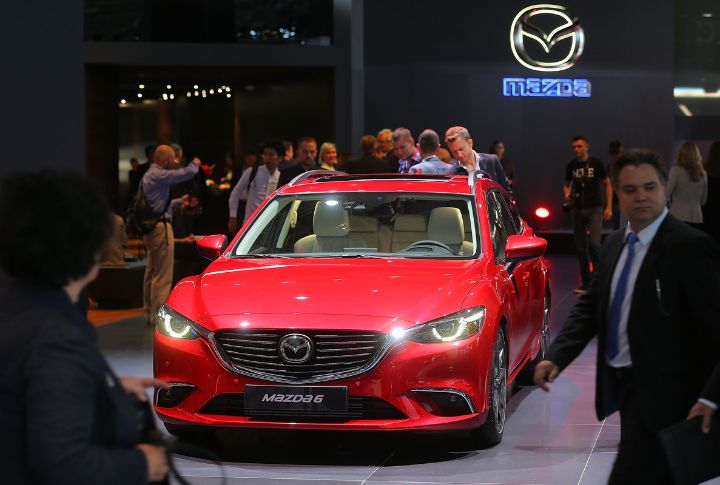
Ford and Mazda initiated a strategic partnership in 1979 when Ford secured a 7% stake in Mazda, eventually increasing it to 33.4%. The purchase allowed for collaborative efforts in technology and vehicle development. However, evolving industry dynamics prompted Ford to reevaluate its priorities, gradually reducing its stakes and officially severing ties in 2015.
Hertz
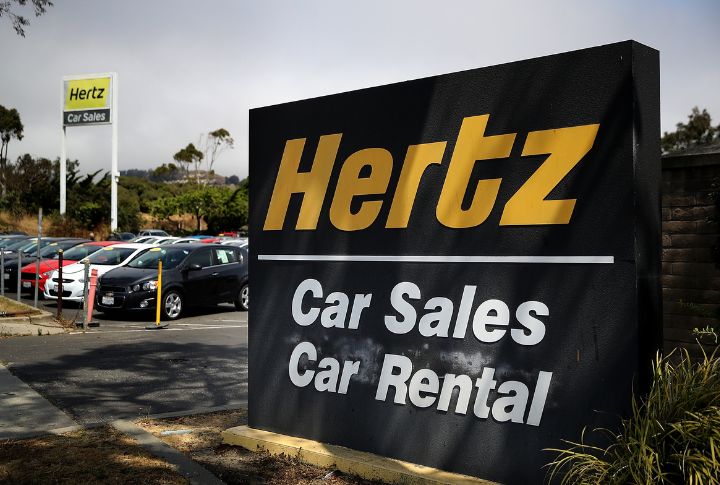
From 1987 to 2005, Hertz belonged to Ford Motor Company. The acquisition wasn’t just business; it aimed to enhance Ford’s rental car presence. Ford used Hertz to showcase its latest models, allowing renters to test and potentially buy Ford cars. This alliance benefited both companies, with Ford gaining exposure and Hertz offering a fleet featuring Ford’s newest offerings.
Troller
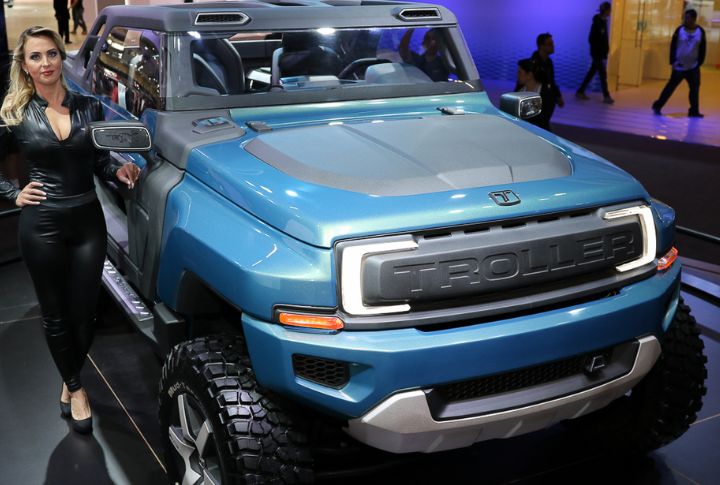
In 2007, Ford acquired Troller to establish a foothold in the Latin American market. Troller’s capability to craft robust SUVs suited for Brazil’s diverse terrains was vital to this decision. However, in 2021, Ford ceased Troller’s operations as part of its strategy to streamline its portfolio. Nonetheless, Troller’s legacy endures through enthusiast memories and conquered trails.
Ford Performance Vehicles

Ford Performance Vehicles (FPV), born from the collaboration of Ford Australia and Prodrive from 2002 to 2014, epitomized innovation and precision engineering in Australia’s automotive sector. Known for power, agility, and cutting-edge design, FPV birthed vehicles like the iconic FPV GT Falcon and the speedy FPV F6. These machines blended raw power with refined craftsmanship, leaving an indelible mark in the industry.
TH!NK
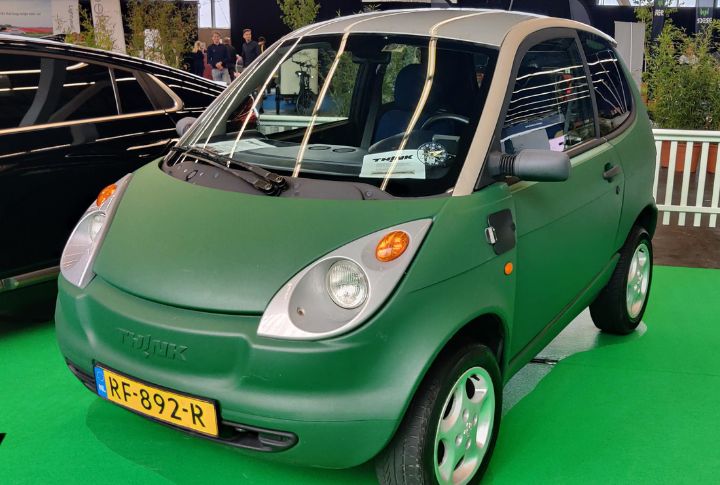
TH!NK, established in 1991, aimed to revolutionize transportation with innovative designs and a commitment to sustainability. Its vision aligned with the rising interest in EVs, especially during the late 1990s. As a result of its compact, efficient cars, TH!NK became a frontrunner in the EV industry. In 1999, Ford acquired the company but later divested ownership in 2003.
Visteon
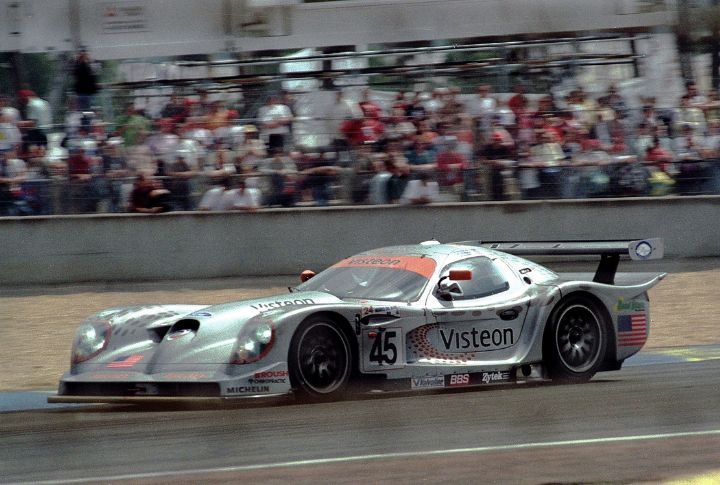
Once a division of Ford Motor Company, Visteon emerged in 2000 as an independent corporation specializing in automotive electronics and interior systems. Since then, it has innovated tirelessly, broadening its offerings to include advanced car technologies. This evolution also empowered Visteon to cater to the dynamic demands of the auto industry, establishing its status as a pioneering standalone entity.
Autolatina

Autolatina was a visionary partnership between Ford and Volkswagen during the 1980s and 1990s. It blended both brands’ engineering prowess and economic insights, creating an unparalleled synergy that propelled the automotive industry forward. Additionally, Autolatina facilitated an exchange of technologies, manufacturing techniques, and design philosophies, resulting in groundbreaking releases tailored to the South American market.
Mercury Marine

Ford and Mercury Marine’s relationship began in the 1930s when Ford recognized the potential of the marine industry. This integration provided Mercury Marine access to Ford’s resources, expertise, and distribution network. Under Ford’s ownership, Mercury Marine also leveraged manufacturing capabilities and R&D to innovate boat engine technology. Although Ford eventually transferred leadership, their collaboration permanently shaped Mercury Marine’s identity.
AC Cars

Ford’s investment in AC Cars led to a further partnership with Carroll Shelby, a collaboration that melded British craftsmanship, Ford engines, and Shelby’s racing expertise. The result was the legendary AC Cobra, an enduring symbol of speed and innovation.
